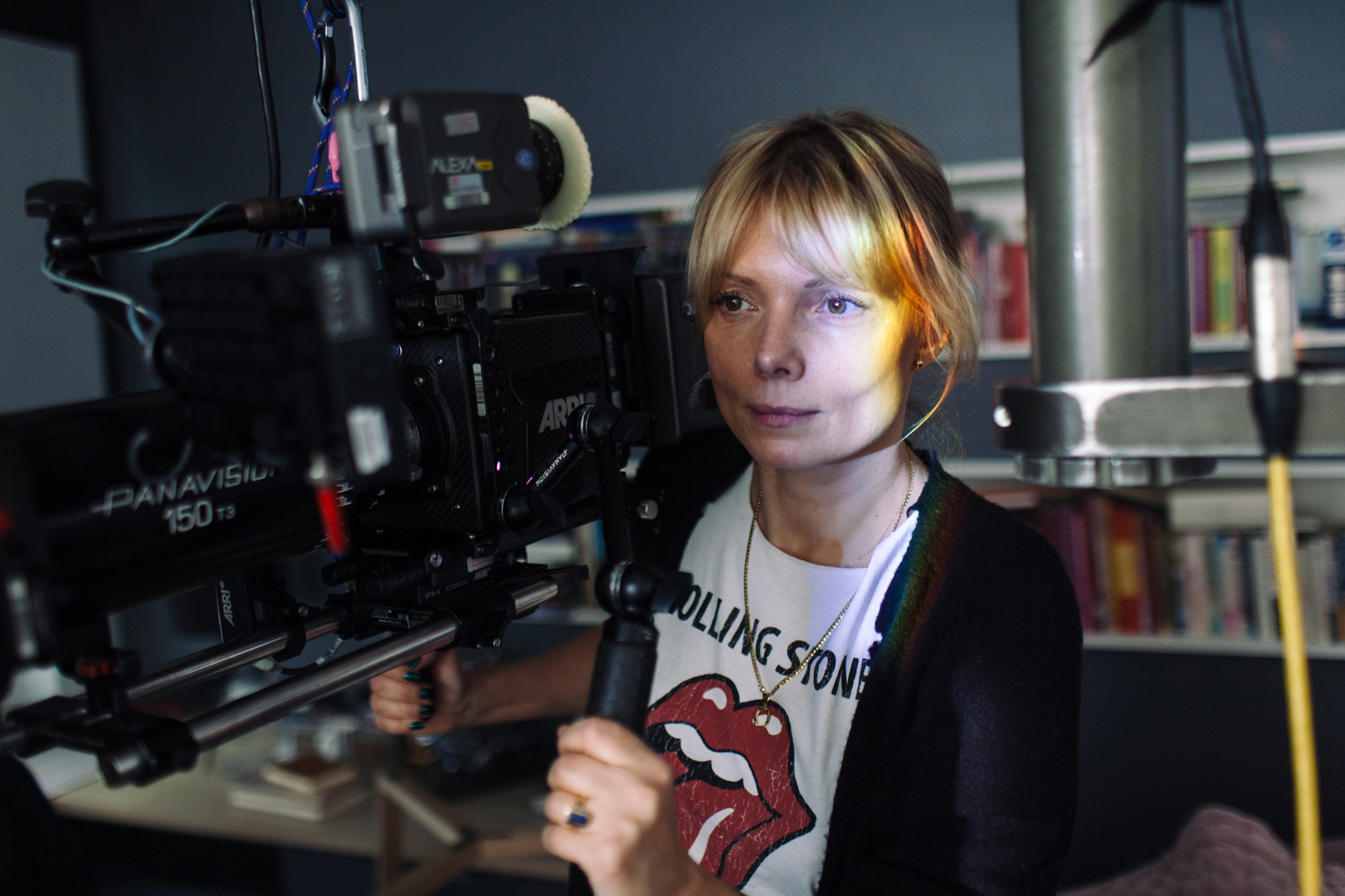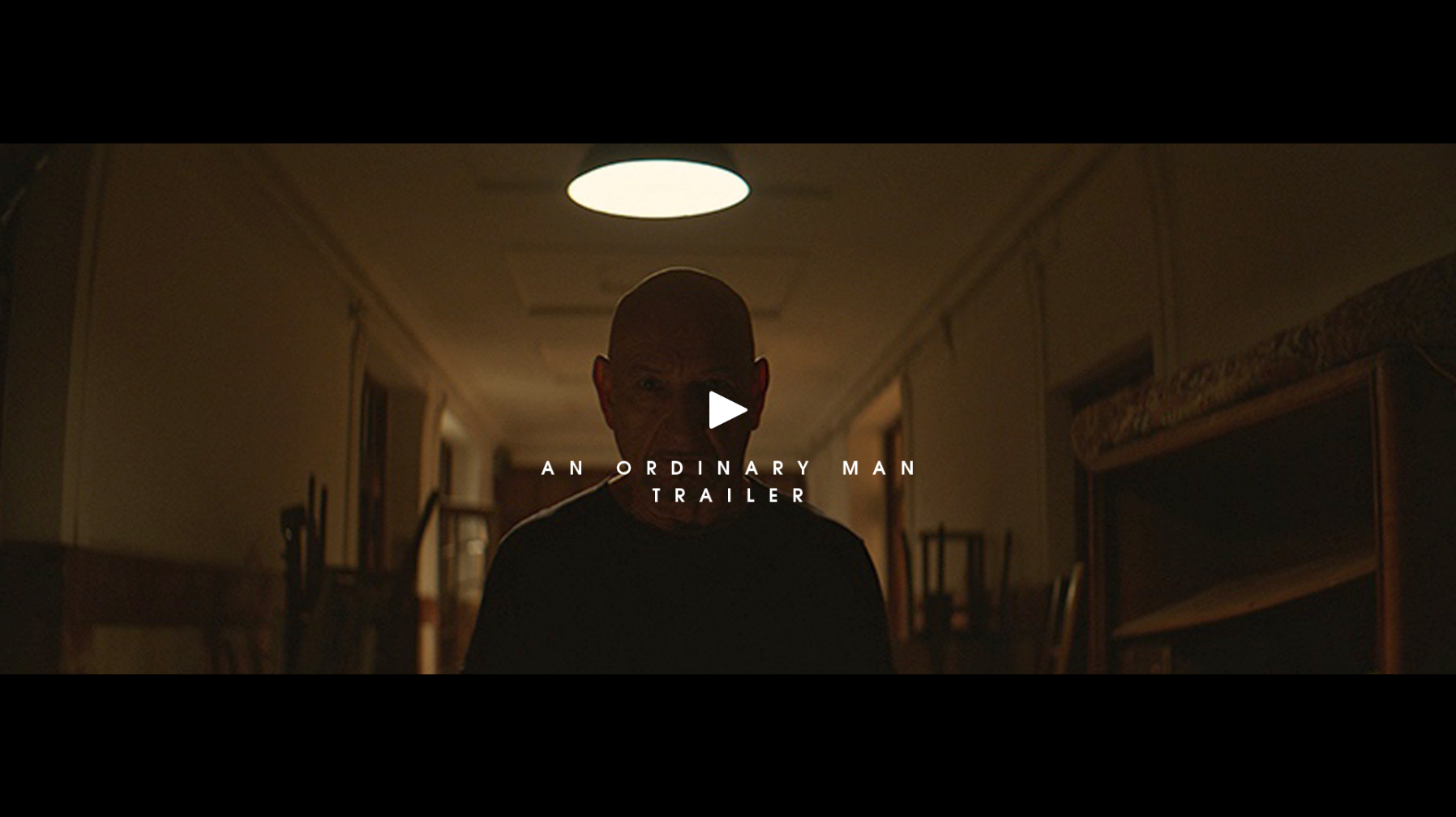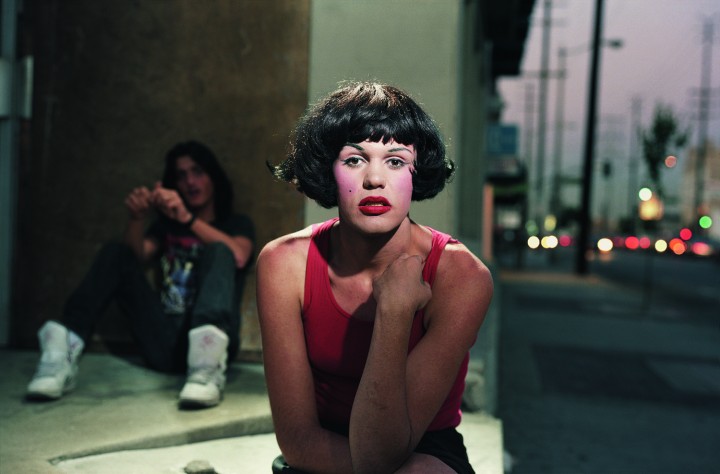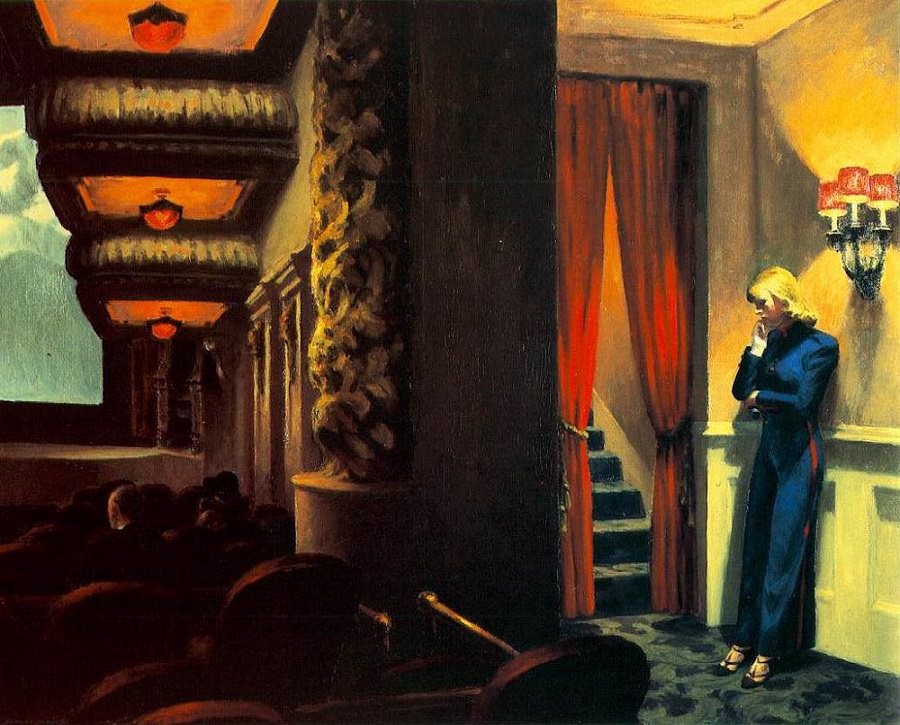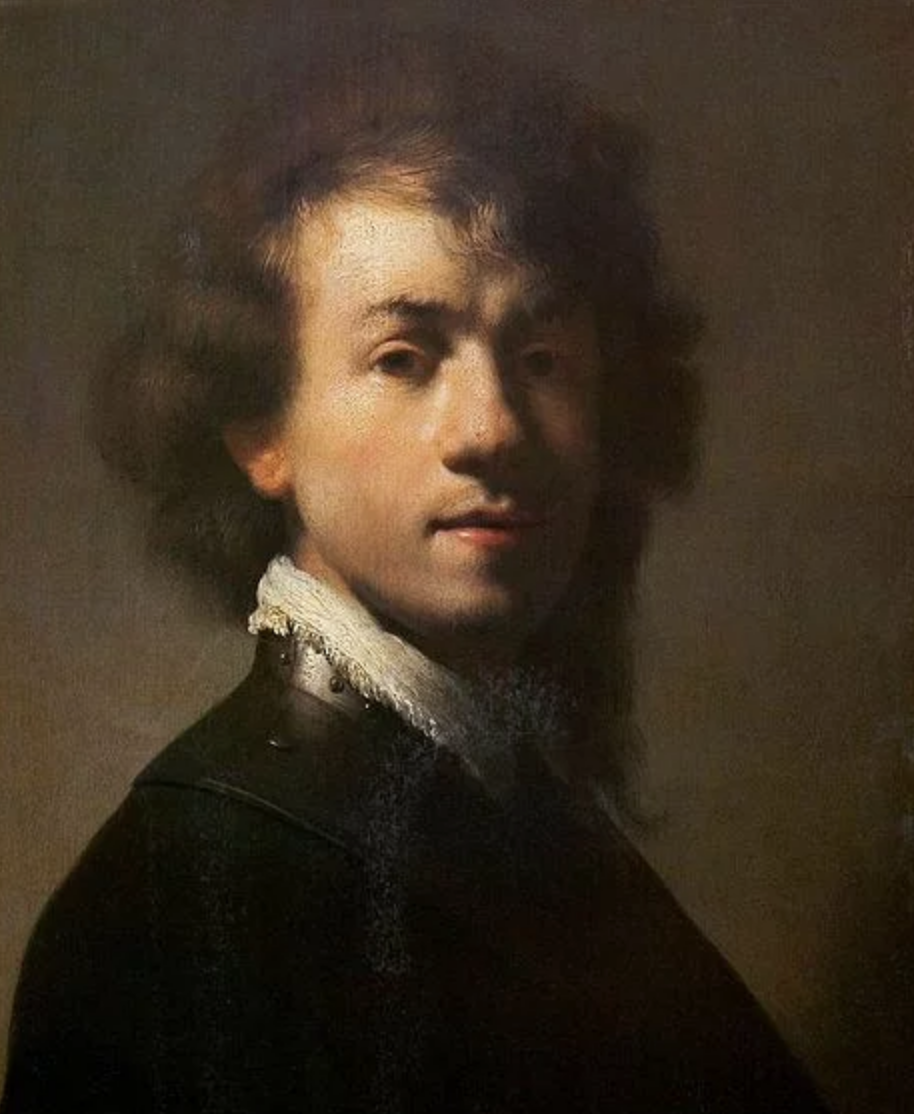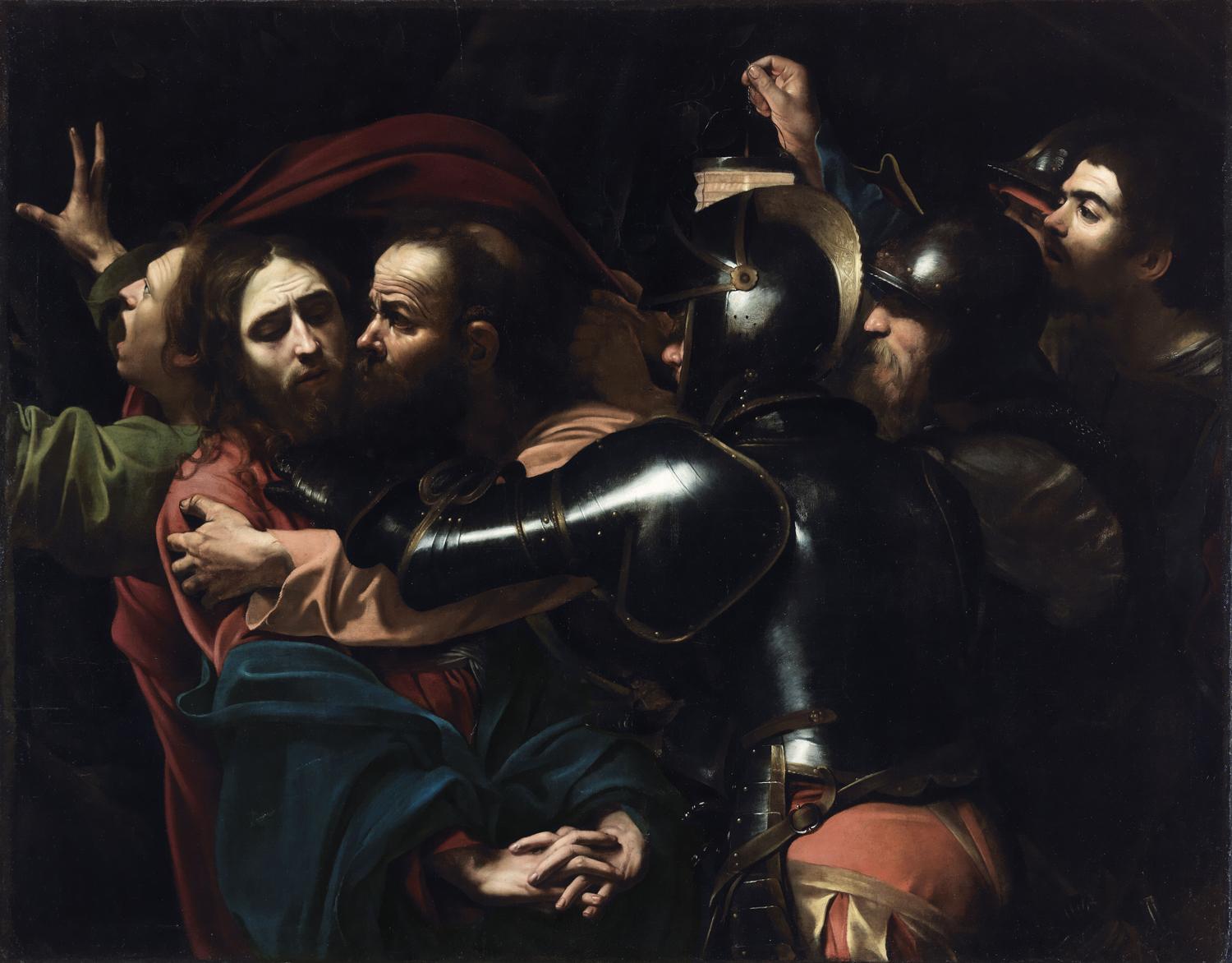I AM Magdalena Gorka: Interview
Interview by Jessica Dally
Interview by Jessica Daly
Magdalena Gorka is the Director of Photography on dozens of incredibly successful films, television series, music videos, and international commercial campaigns, including; You Get Me, Don’t Let Me Down (The Chainsmokers Ft. Daya), Jack Strong, Unconditionally (Katy Perry), and Paranormal Activity 3.
Gorka studied at the National Film School in Lódz, Poland and graduated with a Master of Arts Degree in Cinematography. Living in Venice, California, Magdalena is represented by UTA in Los Angeles.
I AM FILM recently sat down with Gorka, who is the Director of Photography for the recent film Irreplaceable You and An Ordinary Man (now streaming on Netflix and iTunes,) for an interview about her work and life behind and in front of the camera.
Tell us about your background, and how that influenced your career path.
MG: Being from Poland, I grew up in a grey but colourful environment—if that makes sense. When I was a kid, it was grey and depressing, but the people were extremely colourful. Polish people are crazy characters, which seems to make up for the greyness, I guess.
Growing up, I always watched and wanted to make movies. As entertainment options were limited, when we were children we would go to the forest and create fantasy stories with characters and locations. I think this prepared me for making movies as an adult.
Even now, every time I go back, I think I’m going to rest and relax; see family and friends. But in reality, I don’t sleep, because we always find a way to do something to entertain ourselves—to create our own world; escaping the greyness that we are constantly exposed to.
So, somehow, in a world of grey, you found cinematography?
MG: Exactly. Not many people really know what cinematography is or what cinematographers do.
“People have asked, ‘Do you hold a camera?’ To which I say, ‘I make the light.’”
How did you discover your passion for that area of specialisation?
MG: My dad was an amateur photographer. He gave me my first camera - Zenith and explained the composition. We had a darkroom in the house, so he taught me the necessary chemistry to occupy me, because he didn’t want me to just wander the streets.
I would spend weekends in the darkroom developing photos. Once you’ve done everything you can in the darkroom with black and white photography, your next step is moving pictures. So, ultimately, it was photography that got me into cinematography.
The cinematography is such a critical part of a director’s vision. Can you share some aspects of your process of working with a director and what that relationship is like?
MG: It’s always different because every director is different.
But, for me, I like to be prepped. That’s part of my character. A cinematographer’s job is all about prep, it’s very technical. Working as a cinematographer is much like conducting an orchestra; everything has to be in sync. A film set is like a well-oiled machine, otherwise, it doesn’t work, turning into chaos.
You can’t just come on to set and say: “Oh I’m going to do it this way.” No—it’s all talked about beforehand. On a shoot day—you have to execute, because, there is no time for anything else.
I like to sit down with the director and go over the script and create a shot list—every time. I really enjoy working from a shot list, because then, at least we have a base; a foundation to start from. If we decide to do something different because you see a beautiful light on the day or you see the actor acting differently in the space, then you adjust. But, you need to have that base for the scene, so that it’s understandable to the viewer.
How would you describe your signature style? What makes your work unique?
MG: I take a lot of inspiration from paintings. Depending on the movie, I always try to create a colour palette to match the cinematography to the specific story. The colour of the movie tends to be determined by the photography during the location scouting with the director and production designer.
I take pictures during location scouting that I put on a big board in my office. For me, this is how the picture is born. I can see how each location has different light and colours, so, the colour palette is being born through the images on my board. I’ll talk with the production designer about how we can use this initial colour palette and we’ll discuss how to enhance it.
“I don’t like to do cinematography for the sake of cinematography. I like to bring it down or bring it up—elevate it depending on the story that I’m telling. ”
From their art, I use different painters and different photographers as inspiration to create the palette for the movie. Specifically, Philip Lorca Dicorcia, Edward Hopper, Rembrandt, and Caravaggio. I would love to make a movie at some point that looks like Caravaggio combined with Rembrandt.
In the past two years—I’ve made movies in multiple locations/cities and each city has had its own distinct colour. It’s really funny, because, I did a film in Serbia and I thought it would be cold. But then, as I was photographing, I noticed that they have sodium lights everywhere and the interiors were very warm because it was cold outside. The paint on the walls were all earthy colours. Suddenly, the palette became extremely warm and hot, like yellow and red, and I was so surprised, but, it all came from the location scouting photo board I created.
What were some of your biggest challenges and how did you overcome them?
MG: Being from Poland—I am very honest, which might be misunderstood for being blunt. Sometimes, here in the states, it might take others a while to warm up to me and understand my personality. In the beginning, people seem to think I’m very strong-tongued. But then, they recognise the cultural difference, where I am just very straightforward. I am not afraid to ask what I can do to make myself better, but stress is my biggest challenge—because I am very sensitive.
You have worked with numerous Academy award-winning directors and cinematographers. What type of people would you say you work the best with?
MG: People with strong personalities—I’m not afraid of it. Age, gender, it doesn’t matter. It’s all about the vision and how they can translate it in such a way, that the team you are working with understands it. I love it when a person has a vision. I don’t like it when I come to work, and I am fully relied on for that vision. I love collaboration, I like to have a partner on this journey.
When working with a director, what are the best experiences you have had and why?
MG: My two favourite directors I’ve worked with so far is a Polish director, Wladyslaw Pasikowski, and Brad Silberling.
I did a couple of movies with Wladyslaw Pasikowski. We have worked together since I was 20-years old, where I started as the camera operator for his Director of Photography. Funny enough, when I moved to Los Angeles, I took over as his DP. I shot the TV Series Glina for him and after, the movie (Jack Strong,) which is one of my favourite movies I’ve ever done. I’m super proud of it.
Magdalena Gorka on set of Jack Strong with actor Patrick Wilson
I love working with him the most because he is so confident and is so sure of what he wants. He has a great respect for his crew. But, he also understands the importance of hiring good people and just letting them work. There is no ego play—he comes on the set and says: “This is what I want, this is where I want a camera, this is how I want it to be lit, this is what we are going to do, the actors will now walk from here to here, now let’s do the rehearsal,” and then he’ll ask, “how much time do you need for lighting?” I’ll tell him 45-minutes and he’ll come back in 45-minutes on the dot.
If I’m not ready, he will still start shooting, because I said 45-minutes. He has respect for me, for the crew, but we have to keep our word. So, it’s a great work environment—I love that he works this way.
I just did a movie with Brad Silberling, An Ordinary Man, with Ben Kingsley. From a similar standpoint - he is very hands-on, and we prepped this film in three weeks, which is extremely fast. But when I came, he already had the entire shot list. So, we went through it together and scouted locations.
And of course—my husband Brent Bonacorso. He is a commercial director. We do a lot of car commercials together and I did his first feature. I love to work with him because he gives me full freedom, and we can talk about it in the hotel room, and then go on set and make it work. There are definitely those who are so surprised, that we work so well together. We’ve been asked how we don’t kill each other since we spend so much time together. Honestly, I don’t know how we do it. We just really dig each other, which seems to help.
Let’s talk a little bit about the elephant in the room. Looking at the imbalances being acknowledged within the industry currently, with respect to female representation, have you ever felt that discrimination affected your career?
“I don’t think that being a female is impacting my career anymore. It definitely did, but, I think that’s changed in the last year. When I was younger, there was tons of misogyny. It would happen on every single job. People would laugh at me all through film school.”
MG: It was very, very challenging and I wanted to give up many, many times. But for some reason, I stuck it out. People would criticise me and my work a lot saying, “you have a different lighting technique, oh, you have a different path”—and it was never seen as good, it was always seen as bad. Nobody seemed to give me a chance. I was told I should learn how to cook and get married—as if this was the only option. Eventually, I worked so much, and so hard, that I learned. I don’t think I had a natural talent, I had to work at it. So, as challenging as it was, this misogyny gave me strength.
Is there anything that you wished was different?
MG: There is this twist in the culture that other women in film would talk about. If a woman does her job well, is very strong-minded, she knows what she’s doing, and she doesn’t take shit—not in a rude way, but, is like: “This is how I want it,”—she is being perceived as being a bitch.
But, when a man is in the same position—acts the same way, is much stronger with his words, he’s “just doing his job,” and “He’s very good at what he does.” Some people are polite, some people are not, and some people are crazy—everybody is different. But even the craziest men in charge—never have I seen anyone come up to them and say: “Maybe you shouldn’t speak like this,” or “Maybe you should rethink the way you talk to people.”
It’s quite the double standard and let’s hope it will change.
If you could offer any advice to up and coming cinematographers, what would it be?
MG: Do not compare yourself to anyone in the business.
Do not look at Facebook, Instagram, social media, and compare yourself to the photos that people post from sets, from award ceremonies, etc. because, this is just one minute, one moment from their life, that was the best that day or month, and they want to share it because they are proud of it and are happy in that moment.
“Nobody ever posts the pictures where you’re lying on the couch crying, because they just lost seven movies after the leading actor/actress fell through or financing fell out. People don’t see the moments of struggle, but everyone has them.”
Do not compare your path to anyone, ever—this is the road to unhappiness. If you think this is good and you think that this is what you want to do, keep doing it and eventually, someone is going to like it.
Be tenacious, be gracious, be respectful.
Learn from criticism, don’t change your path or your way, adjust it.
Always do whatever your gut says.
Practice.
Practice makes you confident. Don’t bring yourself down, don’t think that when you’re twenty-something and you’ve gone to film school—you know everything. There are all these toys and you don’t know how to use them. Don’t be down on yourself for not knowing something, or not knowing how to work with this equipment. It’s a practice and eventually, it comes naturally. There will always be the first day when you will use a new toy—it’s going to be scary, but, don’t let that discourage you. Don’t ever tell anyone that you are scared, just sit there and do it.
Of the 18 features that you have worked on, which ones are you the proudest of and why?
MG: Jack Strong and Paranormal Activity 3 - those were a blast. I loved working with those people. It was so much fun because they were so creative, and they were pushing me even when I didn’t want to bend, but, I liked this collaboration a lot because it made me grow.
The 'found footage' look for Paranormal 3, the amount of work we did to make it look like this, was the most extensive process I have ever done. We were shooting on digital Sony cameras and putting a 16 mm grain on it, and a special filter that we developed in post-production. We bought S-VHS cameras on eBay to shoot a test and see what this picture looked like, this served as an inspiration for the filter—it was a lot of fun. I love stuff like that. I love to be creative and get my hands dirty with my directors.
How has your career evolved?
MG: With this career, you never know if what you’ve signed up for is going to work out, which can make it extremely stressful. Some people bring out the best in those they work with and others bring out the worst. It’s like marriage. Even the best script can be messed up and the worst script can end up being amazing. You may think, I can do this movie, or that movie, or this script, but, you never really know if it will follow through. So, it’s a lot like gambling—you never really know what’s going to happen.
At the beginning, I just wanted to work. I just wanted to make movies. I didn’t care what kind of movies.
I ended up doing so many movies and so many commercials, that now, I’m really looking for collaboration. I feel confident, like I’ve gained knowledge through those experiences, like I’ve been trained to this point where I can give more and bring more into the picture.
So, it’s no longer a need of working for the monetary stability only, but, a need of expressing; to be more artistic, collaborating with good people to make good work— so, that’s my change of approach. I want to be more selective about who I work with and what I work on, because now, I really want to tell good stories.
By the end of your career, what do you hope to have accomplished?
MG: To make a classic, iconic movie. To have a community of filmmakers who support each other, who collaborate together on rewarding projects. To have a few good director friends that are always calling to take me on a new adventure. But most of all, to make a beautiful, touching, sensitive movie that makes people feel good. I think the world can use more of that.
Follow I AM FILM on Instagram (iamfilmofficial) #IAMFILM #MastersOfFilm and Join our list to receive more news and views by the Masters of Film.
Follow cinematographer Magdalena Gorka on Instagram @MagdelenaGorkadp and visit her website at www.MagdelenaGorka.com.
Main Photo Credit: Collage of Production stills from An Ordinary Man - courtesy of Saben Films/Netflix.
About the CINEMATOGRAPHER
Magdalena Gorka
Magdalena Gorka is a Director of Photography on dozens of incredibly successful films, television series, music videos and international commercial campaigns. Magdalena studied at the National Film School in Lódz, Poland and graduated with a Master of Arts Degree in Cinematography. She lives in Venice, California. Magdalena is represented by UTA in Los Angeles. [Source: Bio by UTA]

